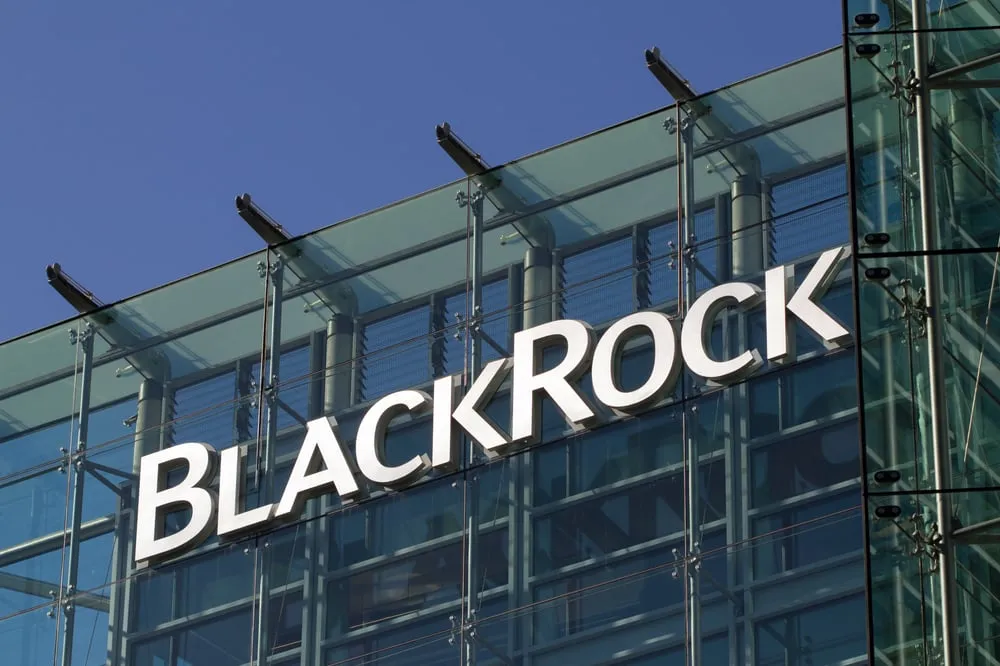Bill Gates and his energy company, TerraPower, have broken ground on a next-generation nuclear power plant in Kemmerer, Wyoming. The Natrium plant, set to open in 2030, aims to revolutionize nuclear energy with advanced safety features, reliable zero-carbon electricity, and the potential to boost the local economy.
Natrium Reactor Technology
The Natrium reactor, designed by TerraPower, employs a sodium-cooled fast reactor design with a molten salt energy storage system. This advanced technology offers several advantages over traditional water-cooled reactors:
- Sodium as a coolant can absorb more heat without increasing pressure, reducing the risk of explosions and meltdowns.
- The reactor’s design includes an energy storage system that allows it to control electricity production, making it compatible with variable renewable energy sources like solar and wind.
- TerraPower has utilized digital design processes and supercomputer simulations to extensively test the reactor’s performance under various scenarios, ensuring its safety and reliability.
Economic and Environmental Benefits
The Natrium plant is expected to generate up to 500 megawatts of electricity, enough to power approximately 400,000 homes, while providing a reliable, zero-carbon energy source that contributes to the fight against climate change and supports America’s energy independence. The project is also anticipated to stimulate economic growth in Kemmerer by creating jobs and boosting local businesses. The construction phase alone will employ around 1,600 skilled laborers.
Bipartisan Support for Nuclear
Gates has expressed confidence that the Natrium project will continue to receive bipartisan support, regardless of the political landscape in Washington. He believes that nuclear power offers benefits beyond climate change mitigation, attracting Democrats for its clean energy potential and Republicans for its role in energy security. Gates stated, “Among all the climate-related initiatives I’m engaged in, I’d argue that the one with the most bipartisan momentum is this nuclear work.” He also highlighted the strategic advantages of U.S. leadership in nuclear technology, preventing adversaries from dominating the field and potentially diverting materials for military purposes.
Fuel Sourcing Challenges
One of the main challenges faced by the Natrium plant has been sourcing high-assay low-enriched uranium (HALEU) fuel, which is currently only commercially available from Russia. Due to geopolitical issues, the project’s timeline was adjusted from 2028 to 2030, with efforts underway to develop alternative fuel supplies from the U.S., Canada, the United Kingdom, and South Africa.According to CBS News, Gates confirmed, “We can source our fuel from the free world. With the federal government’s assistance in devising an alternate plan, that’s now fully in place.”
Source: Perplexity






